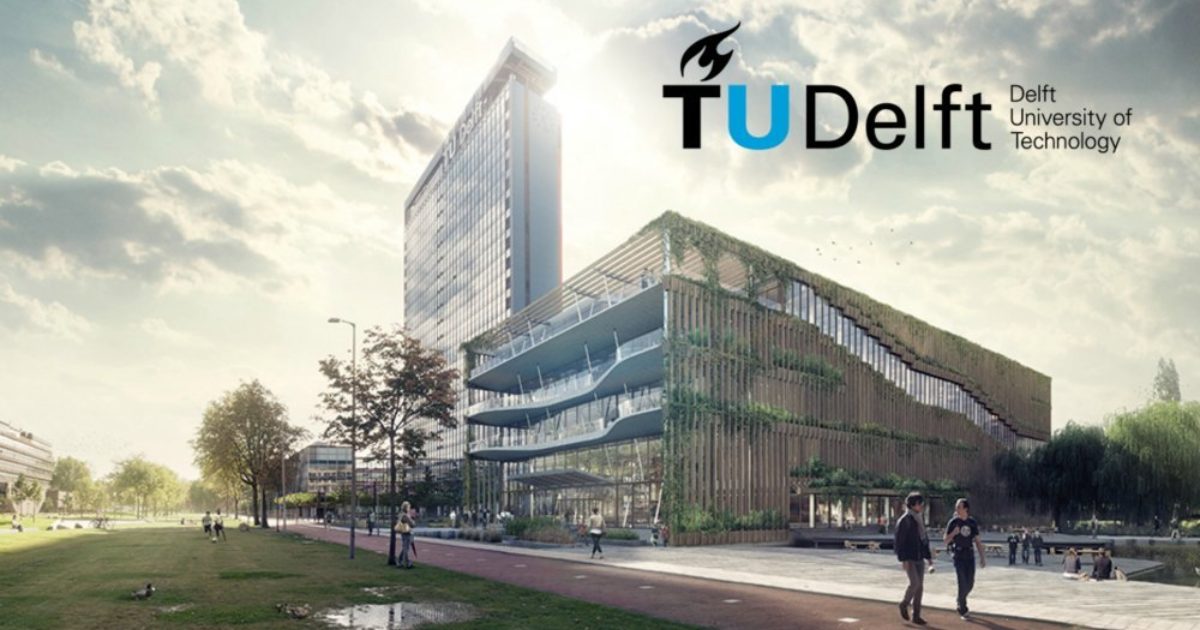TU Delft: Novel disaster communication system empowers communities and can save lives
Even a low phone battery can mean the difference between life and death during disasters. With the help of TU Delft researcher Indushree Banerjee, the opportunity to communicate and be rescued is no longer dependent on owning an expensive phone with a long-life battery. She has designed a novel energy-efficient and reliable emergency communication system using smartphones, that maximizes the number of people who are able to communicate during a longer period of time. Banerjee’s research is published in Scientific Reports on 30 March.
Digital divide and a value-based system
The first 72 hours after a disaster are especially crucial for survival, when (inter)national rescue parties are not yet on the scene. Reliable communication is of essence for self-organized rescue. During disasters, however, blackouts most often prevent citizens from charging their phones; only those with battery charge at the point in time can communicate. This is an unwanted situation and instigated Banerjee to develop a value-based emergency communication system based on participatory fairness: the ‘Self-Organisation for Survival’ (SOS) emergency communication system.
How it works
Banerjee: “A phone loses battery charge when connecting to another phone or when sending, receiving, or relaying a message. SOS is designed in such a way that phones choose to connect only with one other phone, the one with the highest battery charge in their transmission range. As people move around, their phones switch connection when appropriate. By limiting the number of contacts and switching connections, the phone battery will last a lot longer and prevent any single phone from being unnecessarily overused.”
This is in contrast with the generic mesh topology that underlies current emergency communication solutions. These solutions form so many connections that they do not last the crucial 72-hours. In the SOS system, the phones with lower battery charge are being spared, such that participatory fairness and a longer network lifetime is achieved.
“SOS enables collective sharing of energy resources when most needed, providing the basis for a truly socio-technical participatory system,” say Frances Brazier, professor of Engineering Systems Foundations and Martijn Warnier, professor of Complex Systems Design, both at TU Delft who supervised Banerjee together with Dirk Helbing. Helbing, Professor of Computational Social Science at ETH Zurich and affiliate professor at TU Delft, says: “The SOS system truly is a big step forward in achieving participatory resilience of disaster-struck communities.”
Robust and reliable
What makes the system robust and reliable is its capacity to automatically reorganise when connections fail, when people move around or when a phone leaves the network. Without any user involvement the SOS communication network automatically and dynamically assigns high-battery phones as hubs and adapts the topology to changing population density and battery charges. Comparative agent-based modelling demonstrates that, compared to a conventional mesh communication network, the SOS network design results in fair participation of all phones and a longer network lifetime. This helps make communities resilient, limiting the impact of a disaster and to save human lives.
Next step
So far this concept has been tested in computer models. The next step is to develop the actual app so that the SOS emergency communication system can be tested in real life. Banerjee together with other researchers is now seeking cooperation with international humanitarian aid agencies to get this started.

